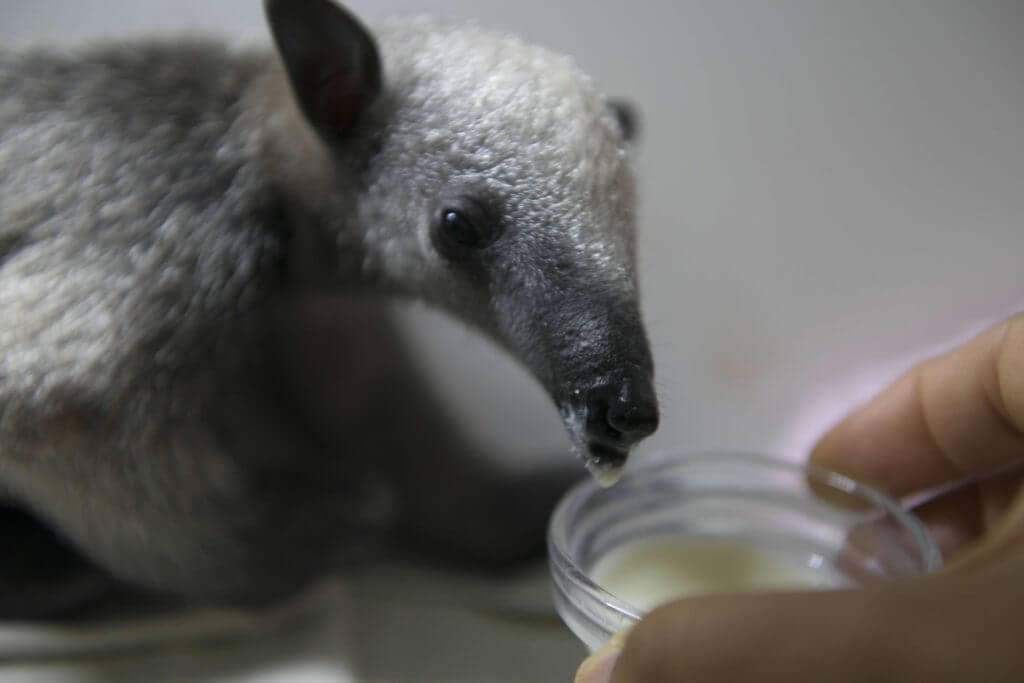
Animal welfare is the answer to the ethical question people have been asking for years: how should humans treat animals? Although certainly grounded in morality and respect for the creatures we share our planet with, animal welfare is not solely philosophical. In fact, in recent decades, the science behind animal welfare has become better understood [3,4,7] and is being used to guide animal management, conservation, and policy-making.
Historically, the animal welfare field has primarily concerned itself with domesticated or farm animals, so applying the concept to free-living wild animals is a more recent development. Through a lens of conservation biology, animal welfare is applicable to wildlife, as many of the human activities affecting the environment and wildlife, like deforestation and human encroachment, are also affecting the welfare of individual wild animals [5, 10, 12]. However, establishing this connection has not been easy, since certain conservationists and welfarists are reluctant to accept it.
Many animal welfare specialists have decided that the term animal welfare is better off being characterizedinstead of rigidly defined [8], so the best way to understand welfare is to understand its components:
- Welfare is related to three parts of an animal’s wellbeing: the animal’s health and basic functioning, their affective/emotional states, their ability to live in a manner to which they’re adapted [10]
- Welfare as a state reflects an animal’s ability to cope with its environment [2,4]
- An individual’s welfare reflects its current fitness (ability to survive and reproduce) or future fitness [2]
- Considering welfare is an attempt to minimize the human impact on the unnecessary suffering of animals
- Welfare is related to an animal’s experiences, perceptions, and sensations [8]
- Welfare is influenced by both internal and external experiences. Internal affects are biological experiences that motivate an animal to perform a life-sustaining action (ie. feeling hunger motivates an animal to seek food). External experiences result from how the animal perceives its environment (ie. A cramped living area might cause frustration or boredom) [8].
- Welfare cannot be directly measured, but there are suitable proxies that can be, like behavior or hormone levels, that enable reasonable inference [3,4,7]
WHAT WILDLIFE WELFARE IS NOT
There are a lot of misconceptions when it comes to wildlife welfare, which keep the field from progressing. As mentioned, some conservationists do not see a place for wildlife welfare in conservation efforts since they focus on populations as a whole, and do not concern themselves on the individual level. However, both conservationists and animal welfarists believe that the same problems are the greatest threats to animals, like the human activities that lead to habitat destruction or alteration. So, although approaching the problems from different angles, both biological conservation and wildlife welfare reflect similar goals.
To be continued…
